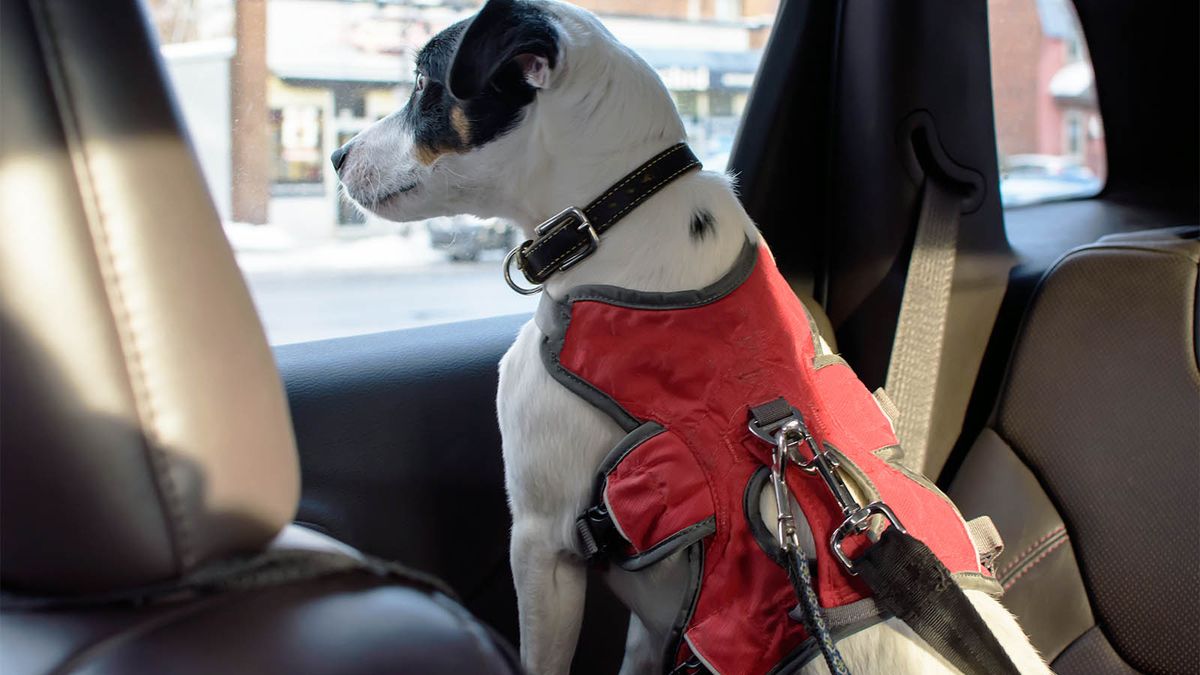Between 2013 and 2015, the Center for Pet Safety (CPS), a nonprofit pet safety organization, crash-tested several pet harnesses, carriers and crates, with funding from Subaru. No actual dogs were harmed in these tests; CPS used three different-sized dummy dogs for the harness tests, including a 25-pound (11 kilogram) terrier mix, a 45-pound (20-kilogram) border collie, and a 75-pound (34-kilogram) golden retriever. After rigorous tests modeled after the FMVSS 213 standard — the same used to verify child safety seats — only three harnesses achieved the final crash-test certifications.
ZuGoPet
Phillips recommends a harness, especially crash-tested ones, by reliable sources like CPS. “That doesn’t mean that only seat belts tested by the CPS are safe,” she says. “Many other brands use their own third-party testing for crash testing. There are enough brands that have pursued crash testing of some kind that people should stick with a brand that has some real-world data backing it up.”
Phillips says the main problem with a harness or restraint is if it’s too big or too small. So be sure you get one that fits properly. “Harnesses that are too large could be dangerous as they could encourage dogs to try and wiggle out,” she says. “Harnesses and seatbelts that are too tight could cause chaffing or skin irritation, more so if dogs are constantly testing the limits of their restraint.”
Not only are they the safest way to travel with your but, but pet restraints are required by law in some five U.S. states: Connecticut, Main, Minnesota, New Hampshire and Rhode Island. Washington D.C. has the “Distracted Driving Safety Act of 2004” and it includes interacting with pets. Violating any of these laws could result in fines or even jail time. It’s worth taking a few minutes to review the law in your state.
If you’re ready to take on the open road with your furry side-car sidekick, Phillips has suggestions to get started. “Let dogs wear the harness in the house while playing. The goal is to make only positive associations with the harness. Patience, praise and treats will help,” she explains. “Once dogs are calm and comfortable in their harness, it’s time to hit the road!”
Credt: Source link

